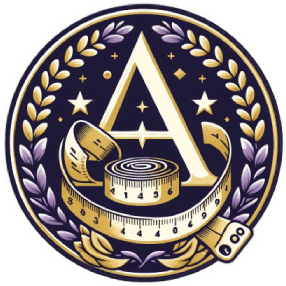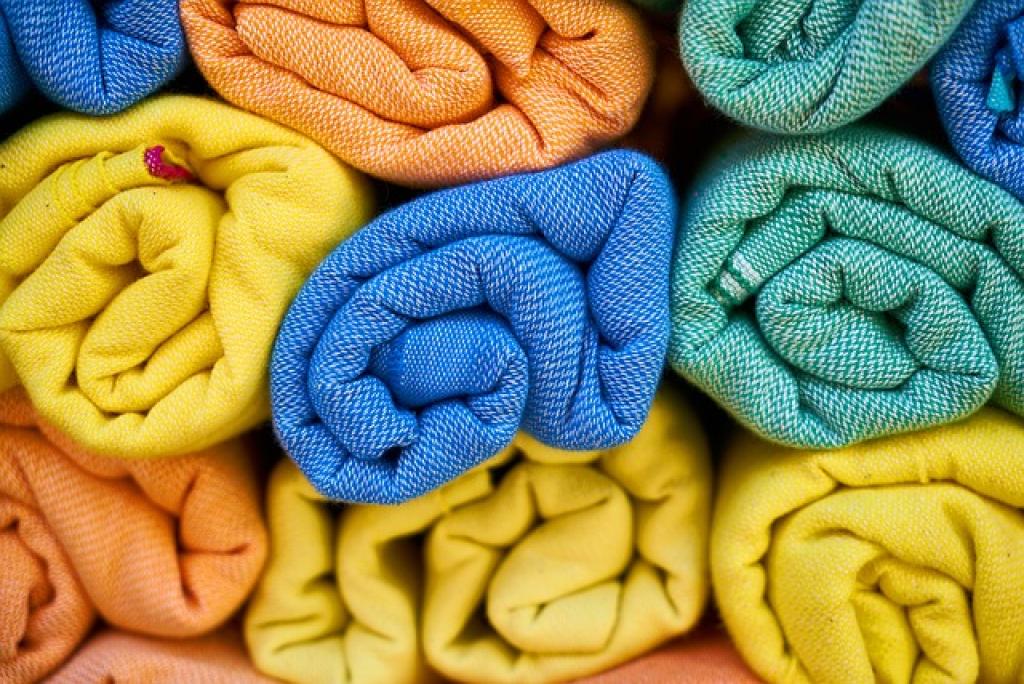Ever stood in a fabric store, feeling overwhelmed by the endless options? You’re not alone! Deciphering the world of fabrics can be daunting for many. With so many varieties, it’s easy to feel like you’re drowning in a sea of textures, patterns, and terminologies.
But fear not! Whether you’re looking to revamp your wardrobe, start a DIY project, or just understand what you’re buying, this guide is here to help. By the end, you’ll confidently distinguish between cotton, silk, wool, and more, knowing which fabric is perfect for your needs.
In this guide, we’ll break down the basics, giving you a simple, clear understanding of the most common fabrics and their unique properties. Get ready to become a fabric aficionado!
A Quick Overview of Common Fabric Types
Cotton
Cotton is a natural fiber and the go-to for casual wear. Breathable, soft, and easy to care for, it’s perfect for everyday clothing like t-shirts and jeans. Plus, it’s hypoallergenic, making it great for sensitive skin.
Silk
Silk screams luxury. It’s smooth, shiny, and drapes beautifully. Ideal for formal wear and special occasions, it’s a bit high-maintenance but totally worth the effort for that elegant look.
Wool
Wool is all about warmth. This natural fiber is fantastic for cold weather. Its insulating properties make it perfect for sweaters, coats, and scarves. It’s also pretty durable and can be soft or scratchy depending on the type.
Polyester
Polyester is a versatile synthetic fiber. It’s known for being robust, wrinkle-resistant, and quick-drying. You’ll find it in everything from sportswear to home furnishings. However, it’s not the most breathable fabric.
Linen
Linen is another natural fiber cherished for its breathability. It’s perfect for hot weather and has a charming, slightly wrinkled texture. You’ll love it in summer dresses, shirts, and table linens.
Nylon
Nylon is strong and lightweight. Often used in sports and outdoor gear, it’s durable and resists water. It’s also stretchy, making it a favorite for swimwear and activewear.
Now that you’ve got a quick rundown of these fabric types, making your next fabric choice should feel a lot less intimidating!
Matching Fabric Types to Clothing Projects
Choosing the right fabric for your clothing project can make all the difference. Let’s break it down:
Everyday Wear
For everyday wear like t-shirts, shorts, and casual dresses, cotton is your best friend. It’s comfortable, easy to sew, and can be washed frequently without much fuss.
Formal Wear
When you’re sewing something for a special occasion like a wedding or a fancy dinner, silk is the way to go. Its luxurious texture and elegant drape will elevate any outfit. Just remember it can be a bit tricky to handle, so take it slow.
Winter Gear
If you’re crafting sweaters, scarves, or coats, wool is your top choice. It keeps you warm and cozy, perfect for those chilly days. Look for softer wool blends if you want to avoid any scratchiness.
Sports and Activewear
For sports bras, leggings, and swimwear, you can’t go wrong with nylon or polyester. Both provide the stretch and durability needed for activewear. Plus, they’re quick-drying, so you’ll stay comfortable even when you’re sweating.
Summer Outfits
Linen is ideal for summer outfits like breezy dresses, lightweight pants, and blouses. Its breathable quality keeps you cool, and its relaxed, textured look is always in style.
Versatile Choices
Polyester and blends like cotton-polyester are ideal for a wide range of projects, from kids’ clothes to household items. They’re easy to care for and come in a variety of prints and colors.
By matching the right fabric to your clothing project, you’ll not only make sewing easier but also ensure your final piece looks and feels just right!
Understanding the Characteristics of Different Fabrics
Each fabric has its own unique set of characteristics that make it suitable for certain projects. Let’s dive into a few popular ones.
Cotton is known for its softness, breathability, and ease of care. It’s great for beginners because it’s easy to cut and sew, and it stands up well to frequent washing.
Linen, on the other hand, is breathable and has a lovely, relaxed texture. It’s perfect for warm weather clothing, but be prepared for some wrinkles—linen loves to crinkle!
Silk exudes luxury with its smooth, shimmering surface. It’s lightweight and drapes beautifully, making it perfect for elegant dresses and blouses. However, it can be slippery to sew, so take your time.
Wool is a champion at keeping you warm. It’s durable and often used for making coats, scarves, and sweaters. There are many types of wool, from coarse to soft, so you can find something that suits your project.
Nylon is incredibly strong and has excellent elasticity, making it a go-to for activewear and swimwear. It resists moisture and dries quickly, keeping you comfortable and ready for action.
Polyester is a versatile, synthetic fiber that’s sturdy and resistant to shrinking and stretching. It’s used in everything from clothing to home décor, offering low maintenance and high durability.
By getting familiar with these characteristics, you’ll be better equipped to choose the right fabric for your next sewing adventure!
Tips for Choosing the Right Fabric for Your Project
Choosing the right fabric can make or break your project, so here are some handy tips to guide you.
First, consider the purpose of your project. Are you making a summer dress, a cozy blanket, or workout gear? The function will heavily influence your fabric choice.
Next, think about the fabric’s drape and weight. A flowing fabric like silk will be completely different in appearance and movement compared to a sturdy fabric like denim. Make sure the fabric’s properties align with your vision.
Pay attention to the fabric composition. Natural fibers like cotton and linen breathe well, while synthetic fibers like polyester and nylon offer durability and moisture resistance. Each has its pros and cons depending on your project’s needs.

Understand Your Skill Level
Your sewing experience matters, too. If you’re a beginner, look for fabrics that are easy to handle and sew, like cotton. More advanced sewists might enjoy the challenge of working with tricky fabrics like silk or chiffon.
Don’t forget to check the care instructions. Some fabrics require special handling, like dry-clean only or hand-washing. Think about whether you’re prepared to maintain the fabric in the long run.
Finally, always get a fabric swatch if you can. Testing a small sample will give you a real feel for its texture, color, and suitability for your project.
By following these tips, you’ll be well on your way to selecting the perfect fabric, ensuring your project turns out just as you imagined!
Conclusion: Mastering the Art of Fabric Selection
Mastering the art of fabric selection may seem daunting at first, but with a bit of practice and some thoughtful consideration, it gets easier. Remember, the fabric you choose sets the foundation for your entire project.
Start by clearly defining the purpose of your project. This way, you can narrow down fabric options that suit your needs. Comparing the drape and weight of different fabrics helps ensure your finished piece looks and feels right.
Don’t overlook the importance of fabric composition. Each type brings its unique benefits and challenges, affecting everything from comfort to durability. Understanding these qualities can prevent future headaches.
As a part of the process, align your fabric choices with your sewing skills. Opting for more manageable fabrics initially can build confidence and skill, making it easier to tackle complex materials later on.
Additionally, think about fabric care instructions. Selecting a fabric compatible with your lifestyle ensures your project remains in top condition over time. Testing fabric swatches can also provide valuable insights into texture and color, allowing for more informed decisions.
In the end, trust your instincts. Your creativity is your most powerful tool. By keeping these tips in mind, you’ll be well-equipped to navigate the vibrant world of fabrics, making choices that bring your projects to life beautifully and successfully. Happy sewing!

